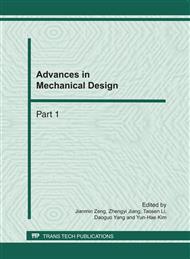p.1870
p.1874
p.1880
p.1885
p.1890
p.1896
p.1901
p.1906
p.1912
Microstructure and Properties of Cu-Cr Alloys Prepared by a Shortened Process and a Conventional Process
Abstract:
The microstructure and properties of Cu-0.4wt%Cr alloys prepared by a shortened process and a conventional process were investigated by means of optical microscopy (OM), transmission electron microscopy (TEM), hardness testing and electrical conductivity measurement. After online hot rolling- quenching and cold rolling with 60% reduction and then aging at 450°C for 30min (process A), and solution treatment - cold rolling with 60% reduction - aging 450°C for 60min (process B), good properties combination of the alloys are obtained, and the hardness and electrical conductivity reach to 156HV, 86.4%IACS and 169HV, 81.1%IACS, respectively, and the shortened process (A) is suitable for commercial copper strip production. Plenty of fine and dispersed precipitates are responsible for the hardness and electrical conductivity improvement of the alloys. The difference of properties between process A and B is resulting form the difference of effective precipitates volume fraction under the various processes.
Info:
Periodical:
Pages:
1890-1895
Citation:
Online since:
February 2011
Authors:
Price:
Сopyright:
© 2011 Trans Tech Publications Ltd. All Rights Reserved
Share:
Citation:


